Core technology areas
AOE’s strategic thrust areas are supported by the depth and breadth of our faculty members’ domain expertise—the nuts and bolts of research that can be applied and repurposed for any number of technologies.
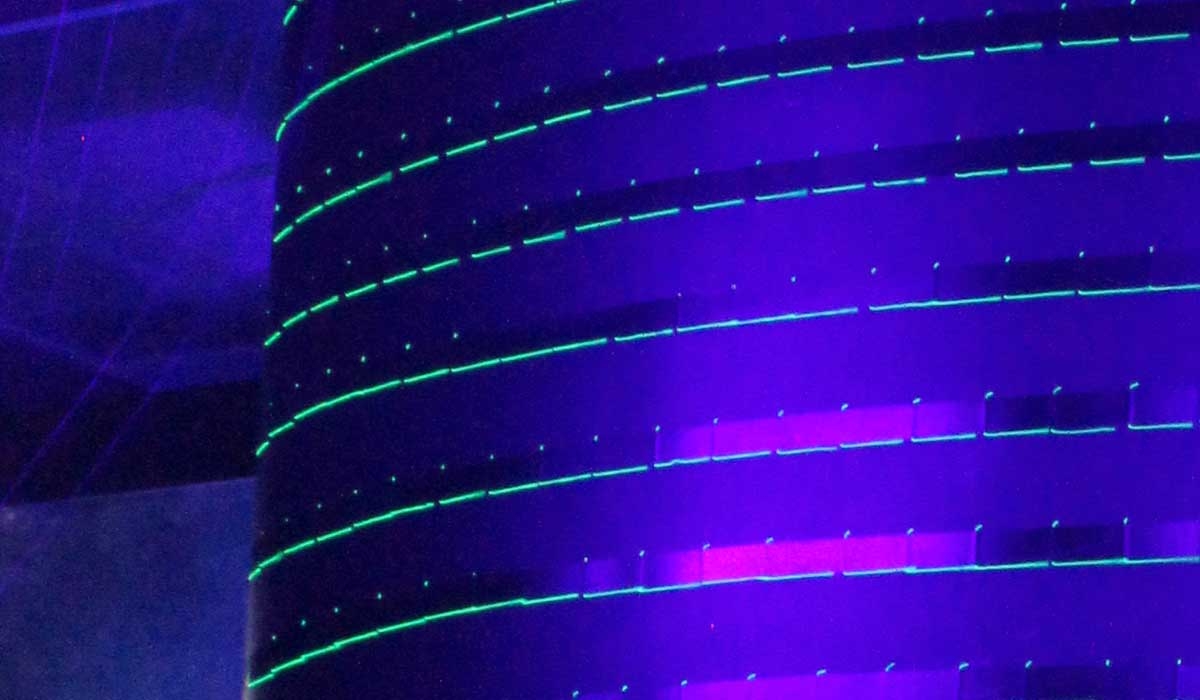
Aero-hydrodynamics and aeroacoustics
Airflow, aerodynamic and aeroacoustic research involves the development, design, and application of experimental and computational techniques for transportation systems in air and water.
[[ta=1]]
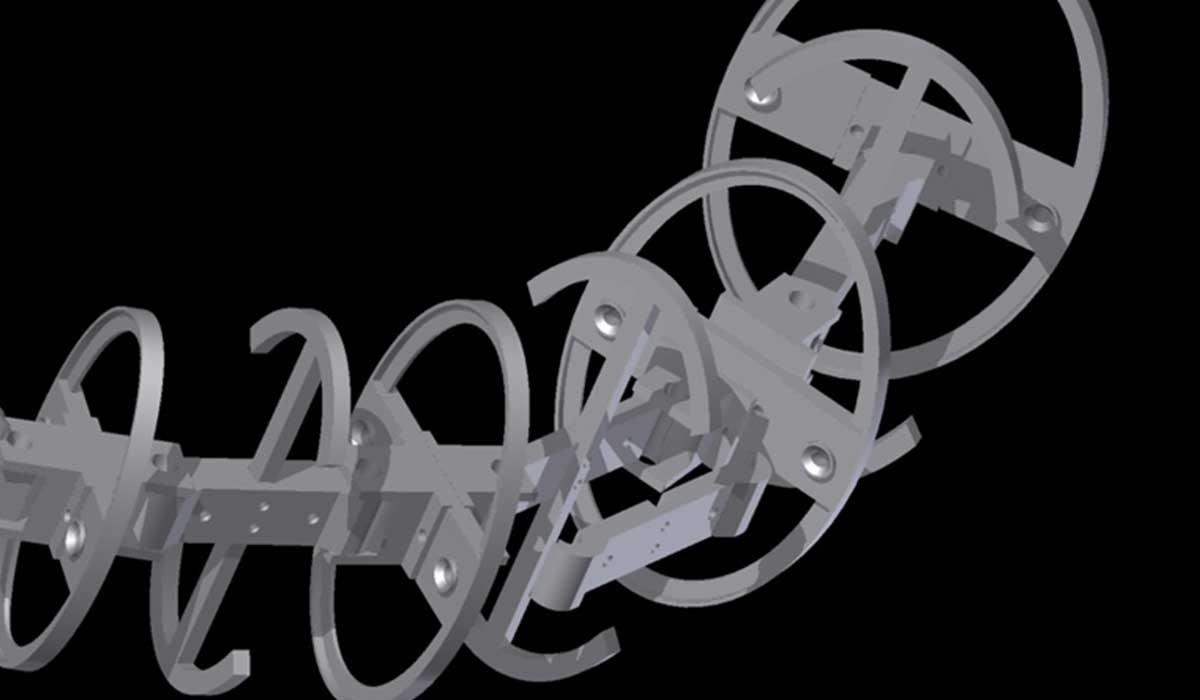
Structures and materials
Effective aerospace and ocean vehicles and structures typically require high performance, lightweight materials. Research in structures and materials emphasizes structural stability, computational material/structural design, and durability.
[[ta=2]]
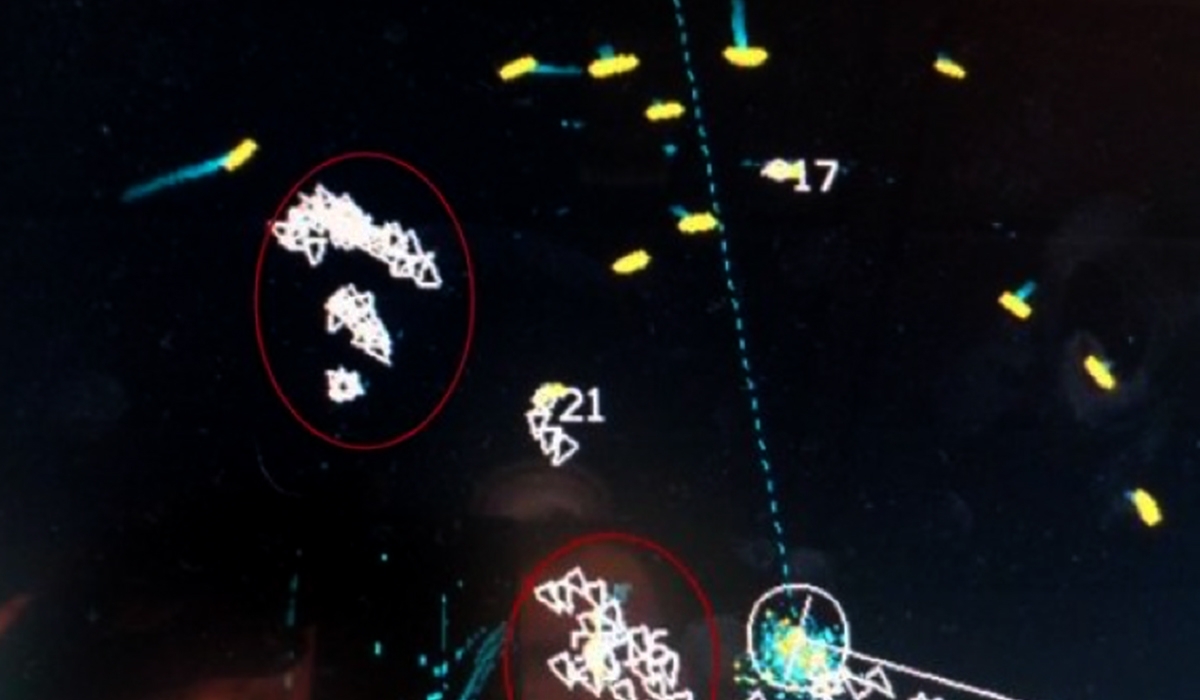
Dynamics, control, and estimation
Researchers in dynamics, control, and estimation investigate the motion of vehicles in sky, sea, and space as well as dynamics, control and estimation issues related to navigation.
[[ta=3]]
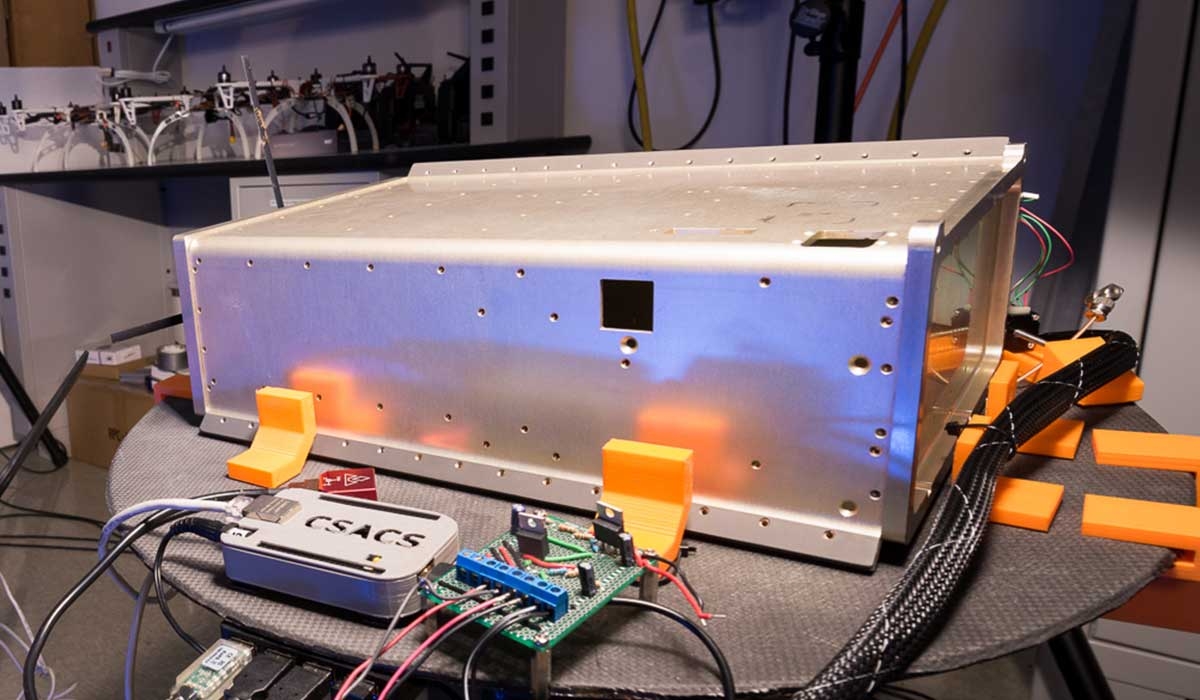
Space engineering
Space engineering research in AOE focuses on designing and developing technologically agile autonomous platforms. These platforms will have increased ability to process sensor data locally, make tactical decisions, and take advantage of the latest technological capabilities for airborne and space borne systems.
[[ta=4]]
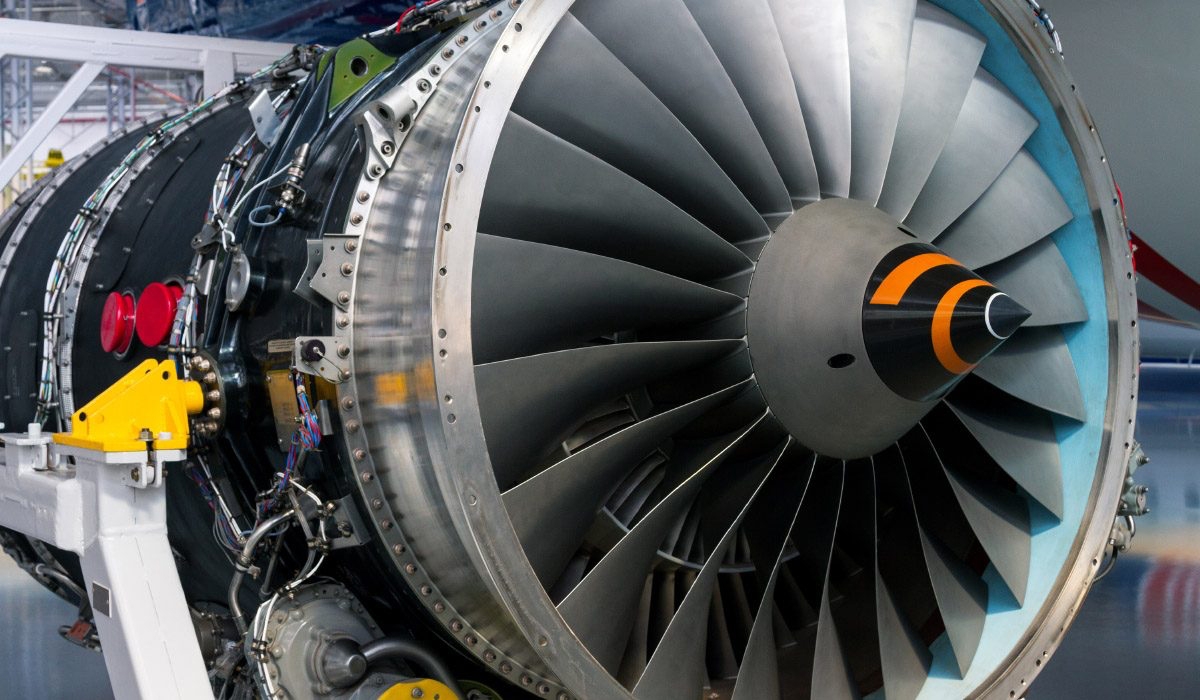
Propulsion
Propulsion research focuses on furthering the knowledge of high power rocketry by analyzing and experimentation on injectors, combustors, nozzles, propellants in air and space, and other advanced propulsion technologies.
[[ta=5]]
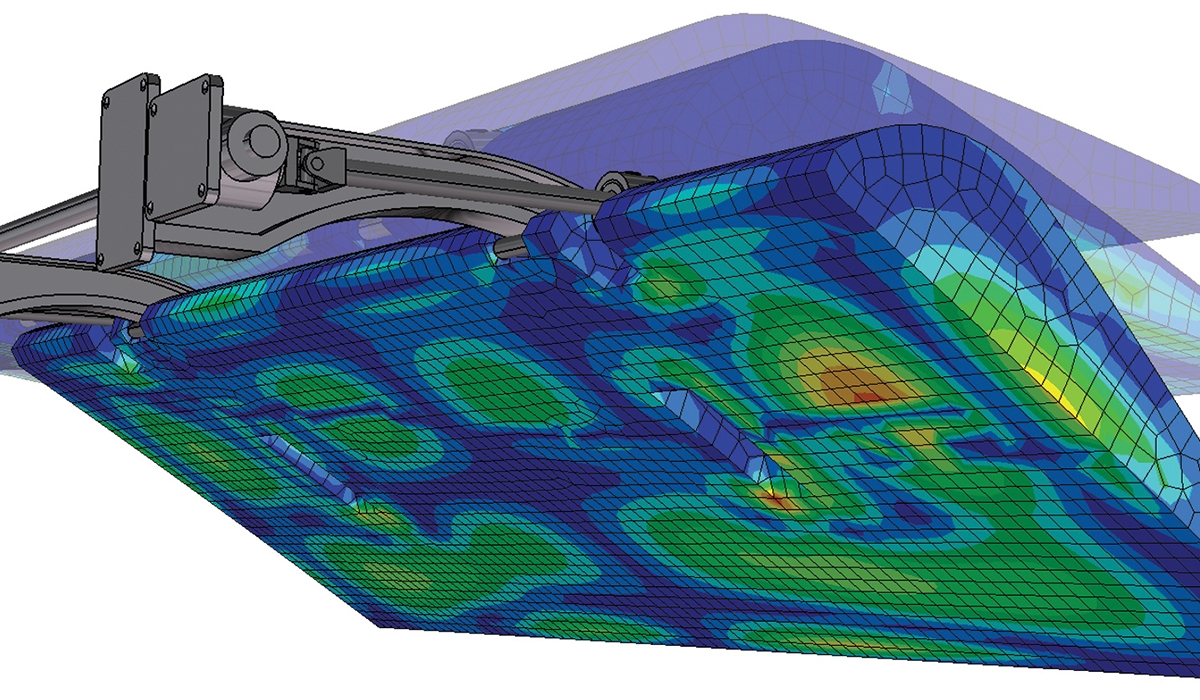
Computational mechanics
Research in computational mechanics concentrates on the development of modeling and optimization technology and software for specific aerospace and ocean engineering systems applications.
[[ta=6]]
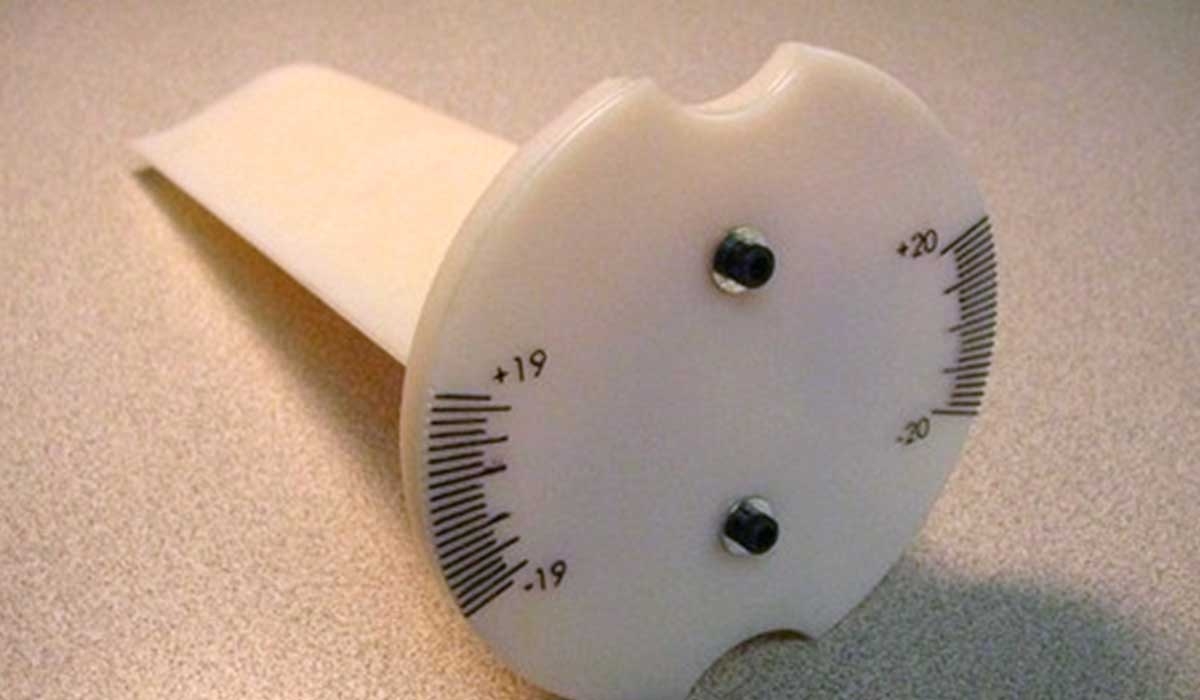
Design, fabrication, and rapid prototyping support
By testing and evaluating conceptual designs of air, ocean, and space structures, research in fabrication, prototyping, and additive manufacturing enables the transition of rapid prototyping technologies to additive manufacturing.
[[ta=7]]


